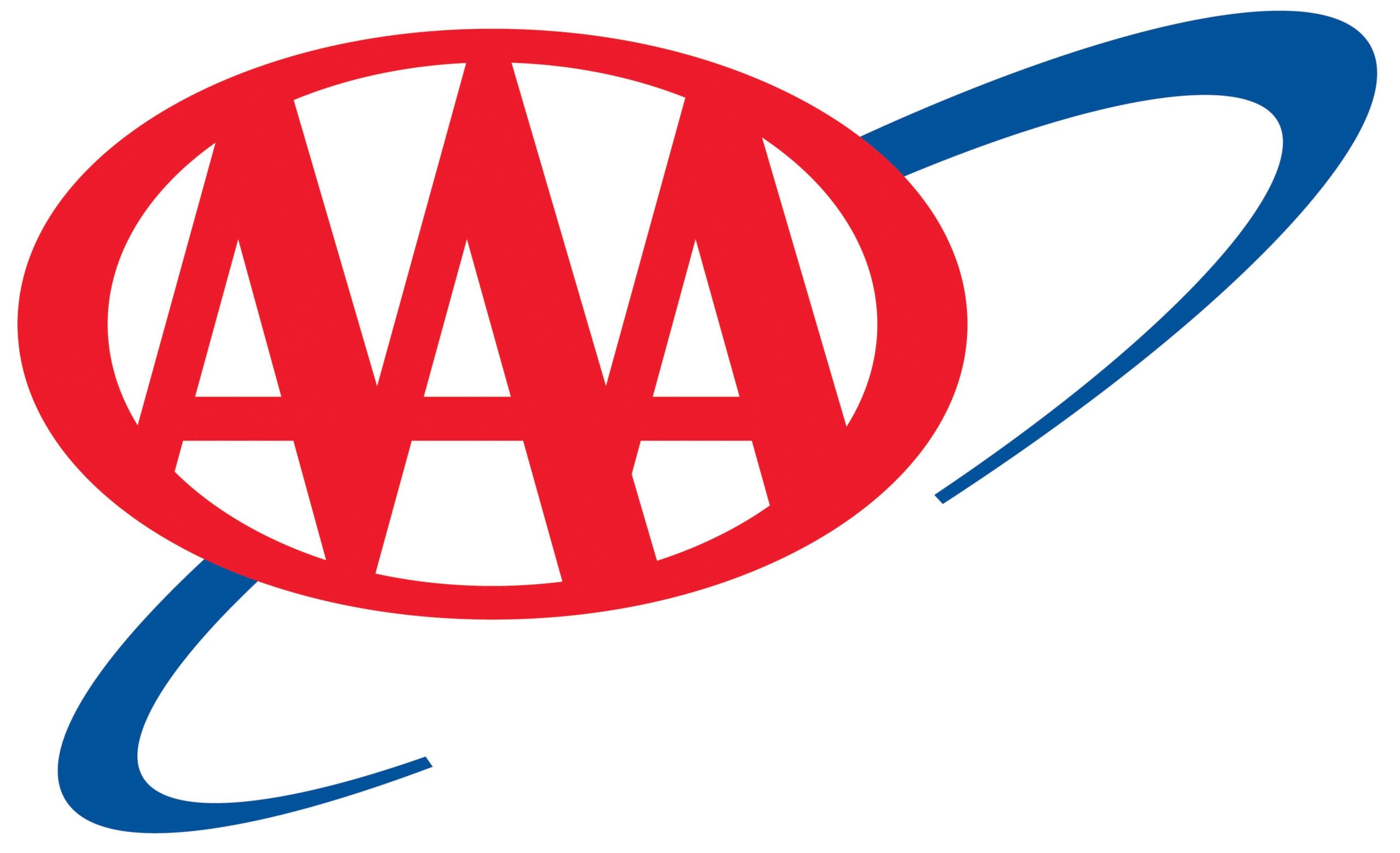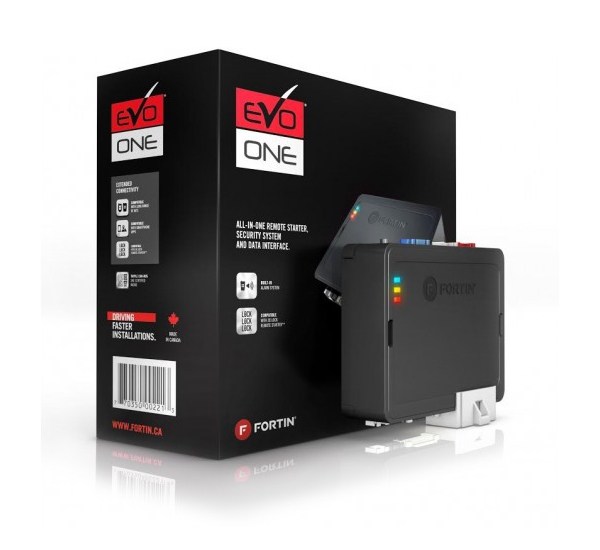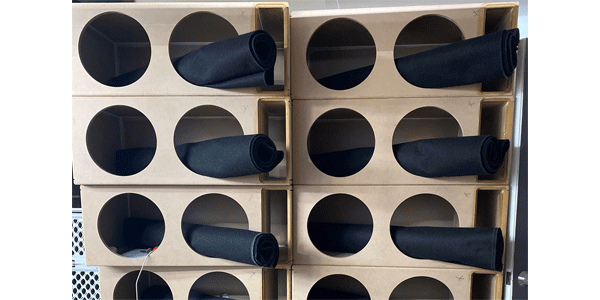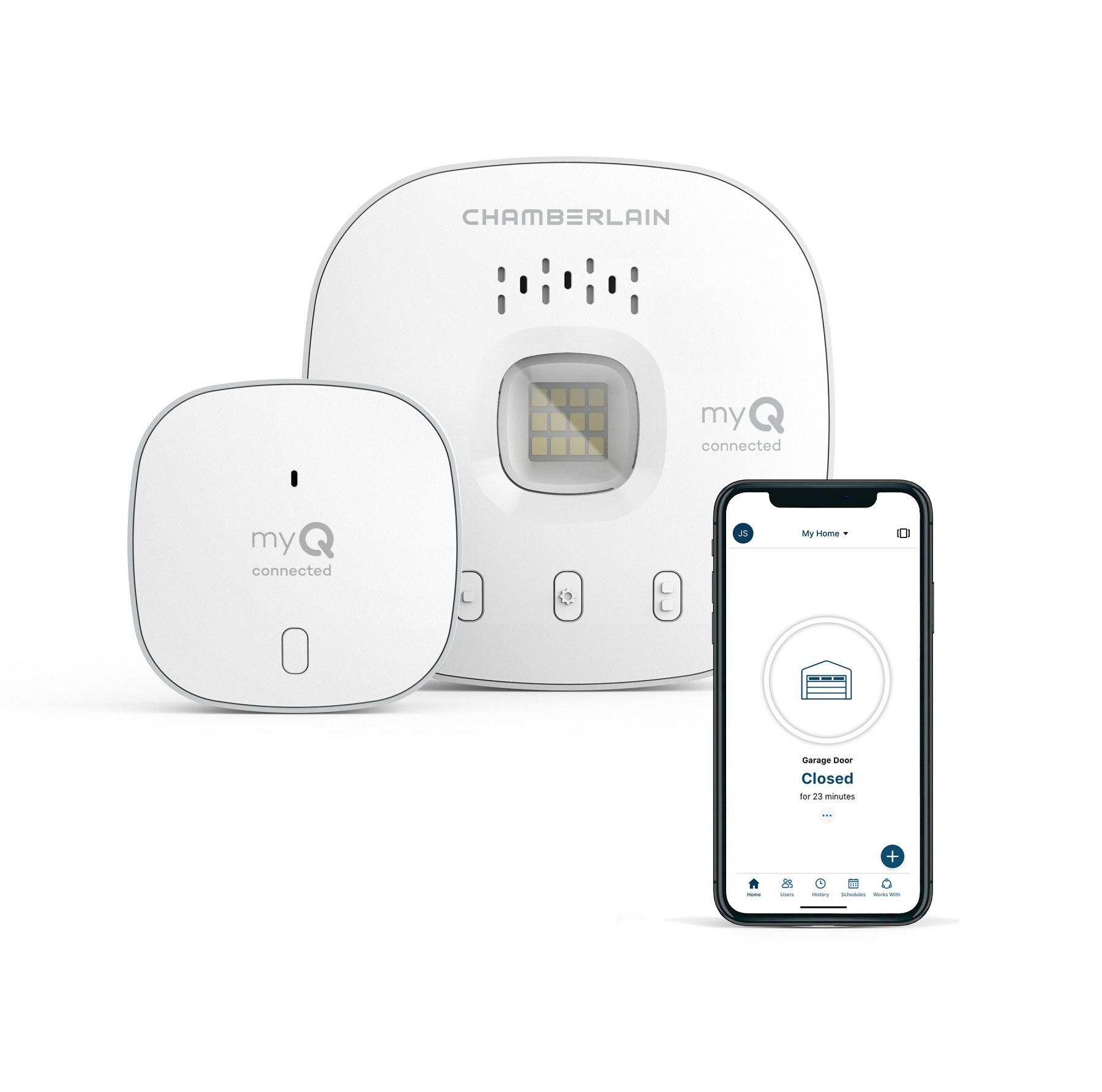AAA: Drive to Survive this Winter Season

According to research by the AAA Foundation for Traffic Safety, about 46 percent of all crashes involving bad weather take place during the winter. Winter storms, bad weather, and sloppy road conditions are a factor in nearly half a million crashes and more than 2,000 road deaths every year. And December through March can be an especially busy time for dead batteries, flat tires, and vehicle extractions. With inclement weather in the forecast, AAA East Central advises motorists to take precautions to avoid deadly crashes and reach their destination safely.
“Preventative steps today can go a long way tomorrow,” says Terri Rae Anthony, safety advisor, AAA East Central. “Weather conditions that lead to black ice, heavy snow, and other rough driving conditions are particularly dangerous this time of year.”
AAA East Central offers the following tips for driving in winter weather:
- Stay Home. If the weather forecast is precarious and you don’t have to be anywhere, this is the number one way to avoid a crash in the winter.
- Leave Early. Running late to work leads to anxiety which can cloud judgment and possibly lead to risky driving behaviors.
- Slow down. Accelerate, turn, and brake as gradually and smoothly as possible. This will help maintain control in rough conditions.
- Don’t tailgate. Normal following distances of three to four seconds on dry pavement should be extended to a minimum of five to six seconds when driving on slippery surfaces. The extra time will provide additional braking room should a sudden stop become necessary.
- Never use cruise control on slippery roads. If a vehicle hydroplanes or skids, motorists will lose the ability to regain some traction simply by lifting off the accelerator. It will be harder to recover from the loss of traction if cruise control is active.
- If a car begins to skid, continue to steer in the direction you want the car to go.
To prepare a vehicle for the winter ahead, AAA recommends the following tips:
- Have the vehicle’s battery tested. This is the number one call that AAA receives in the wintertime. If a battery is more than two years old, it should be tested.
- Replace worn windshield-wiper blades. The blades should completely clear the glass with each swipe and should be replaced if they leave streaks or miss spots. Consider installing winter wiper blades that wrap the blade frame in a rubber boot to reduce ice and snow buildup.
- Use the right washer fluid. Fill the windshield washer fluid reservoir with a winter cleaning solution that has antifreeze components to prevent it from freezing.
- Inspect tires. Make sure tires have adequate tread depth – at least 4/32″ – as worn tires can affect a motorist’s ability to stop in slick conditions. An easy way to check for wear is by inserting a quarter into the tread groove. If the top of Washington’s head is exposed, the tread depth is less than 4/32″ and it’s time to replace tires. Also, check that the vehicle has a spare tire and keep it properly inflated. In harsh winter climates, a set of snow tires may be a wise investment.
- Carry an emergency kit equipped for winter weather. The kit should include sand or cat litter, a small shovel, flashlight, an ice scraper or snow brush, booster cables, a blanket, gloves or mittens and flares or reflective triangles.
More AAA winter car care tips can be found here.
AAA East Central is a not-for-profit association with 70 local offices in Kentucky, New York, Ohio, Pennsylvania and West Virginia serving 2.7 million members. News releases are available at news.eastcentral.aaa.com. Follow us on Twitter and Facebook.





